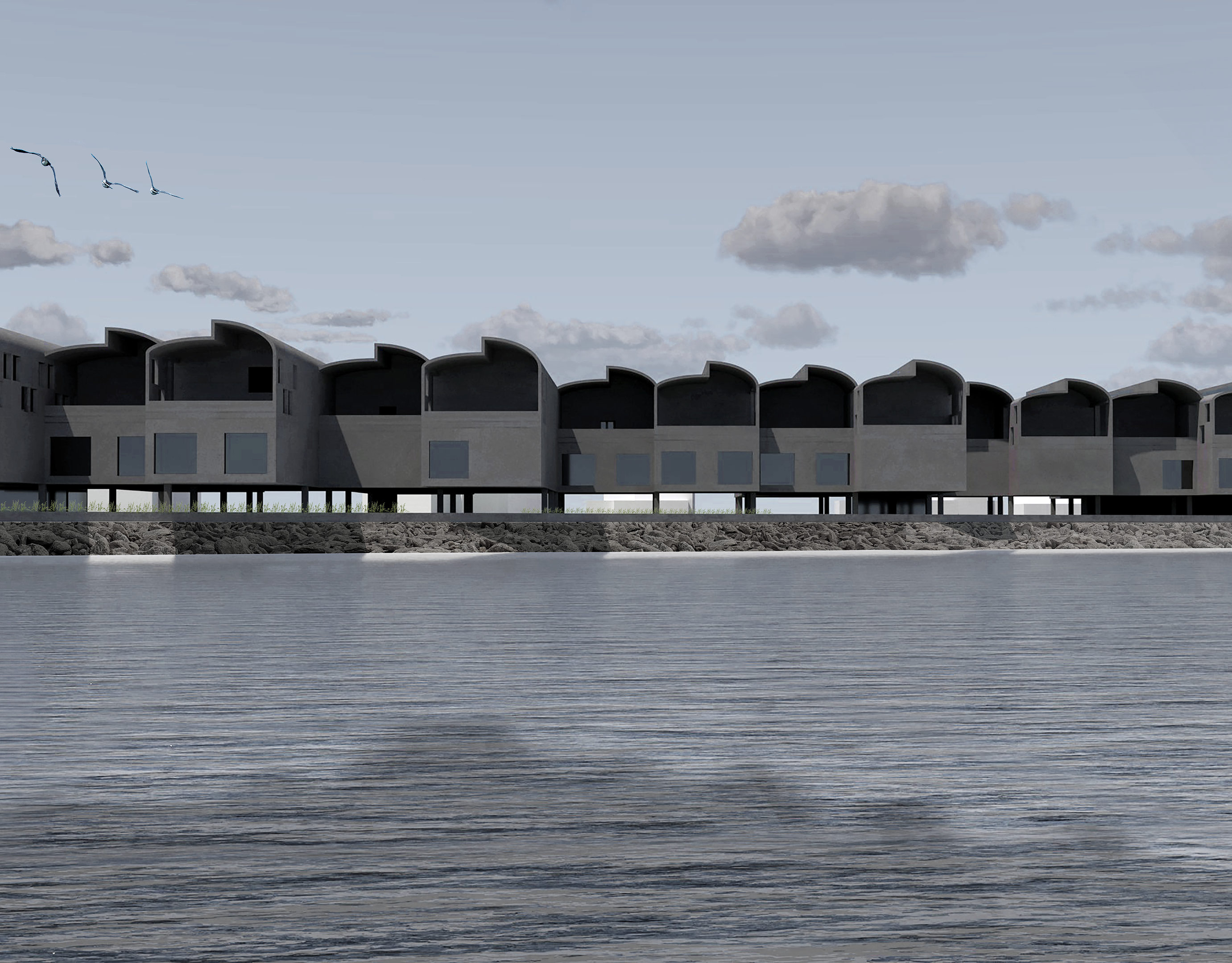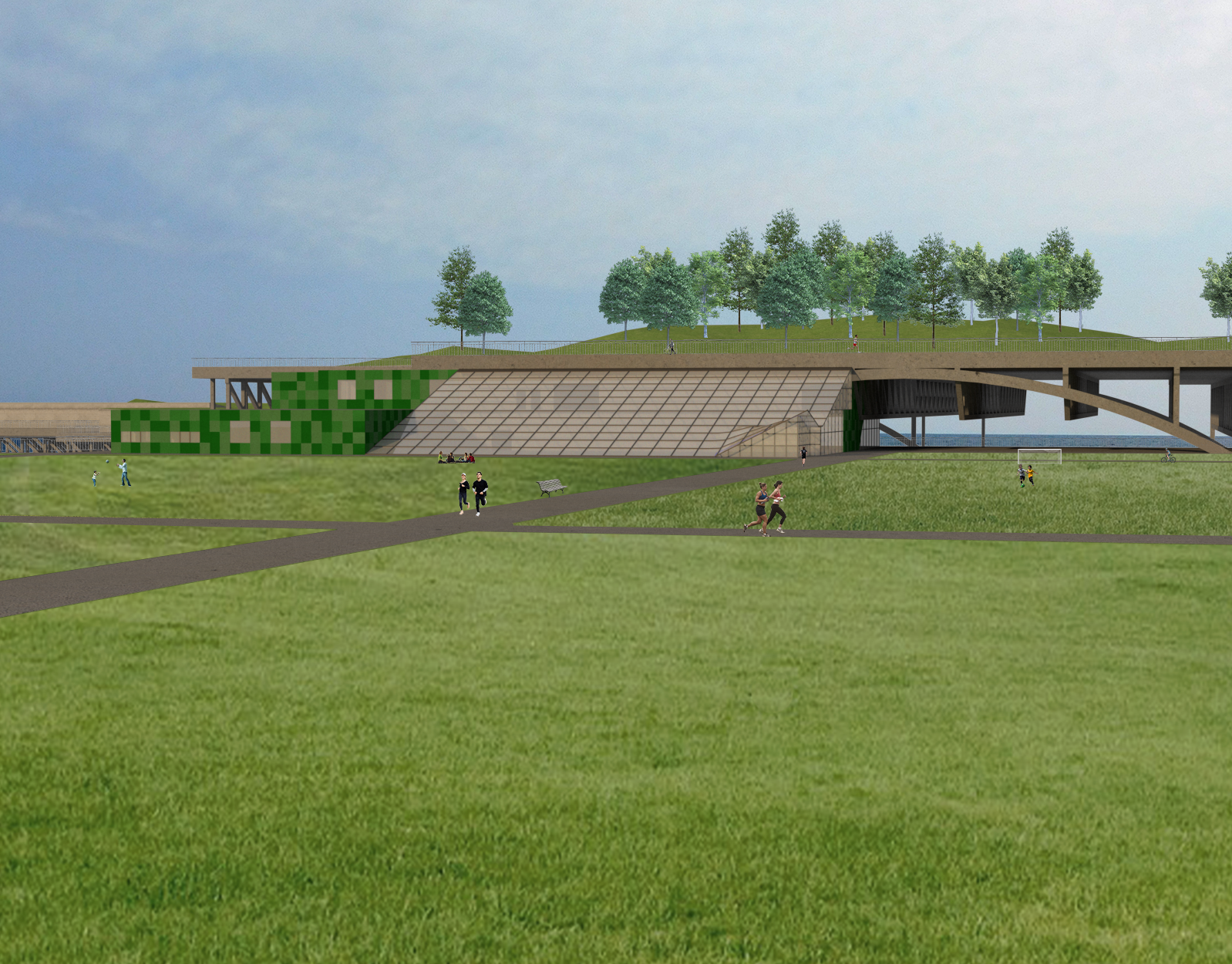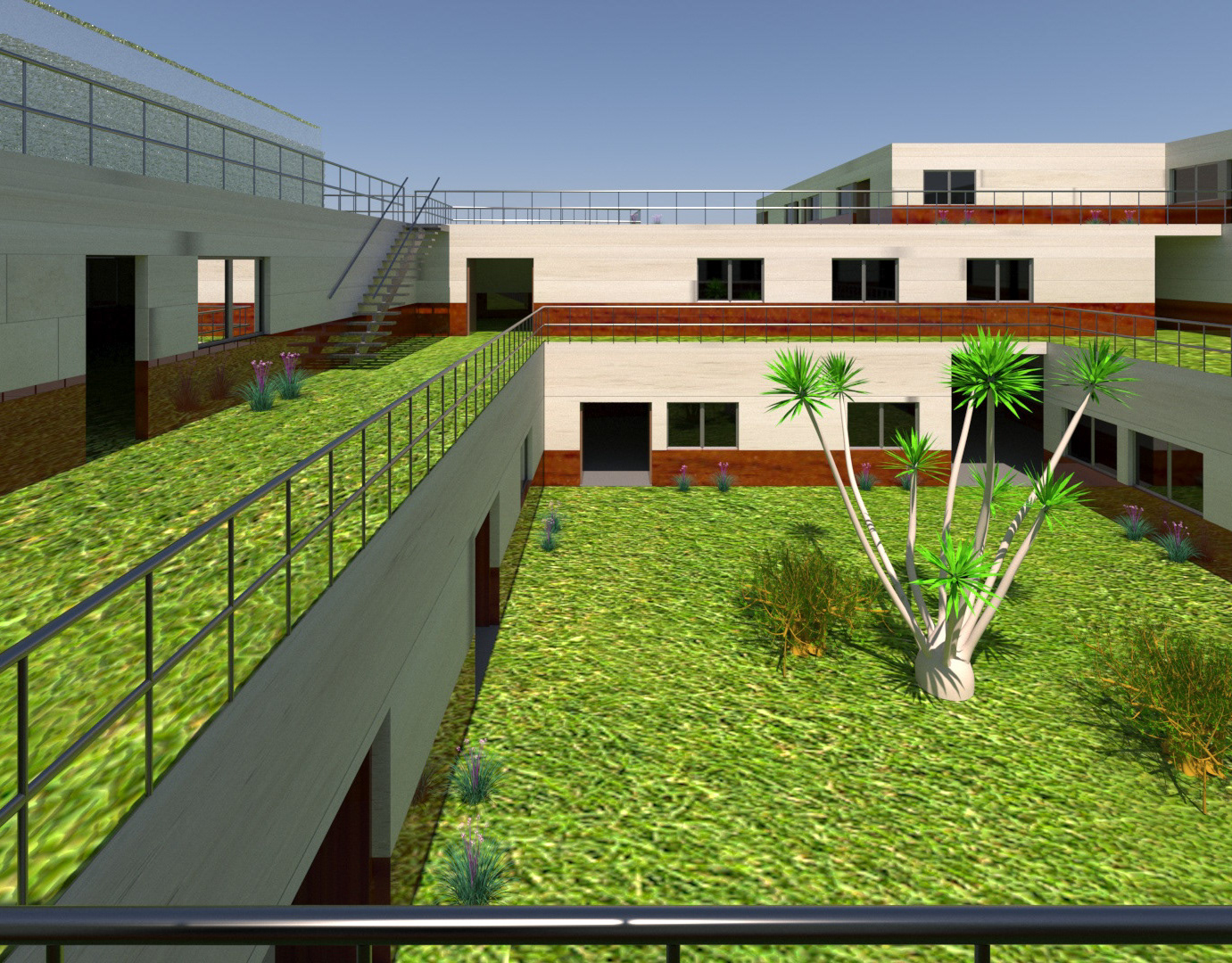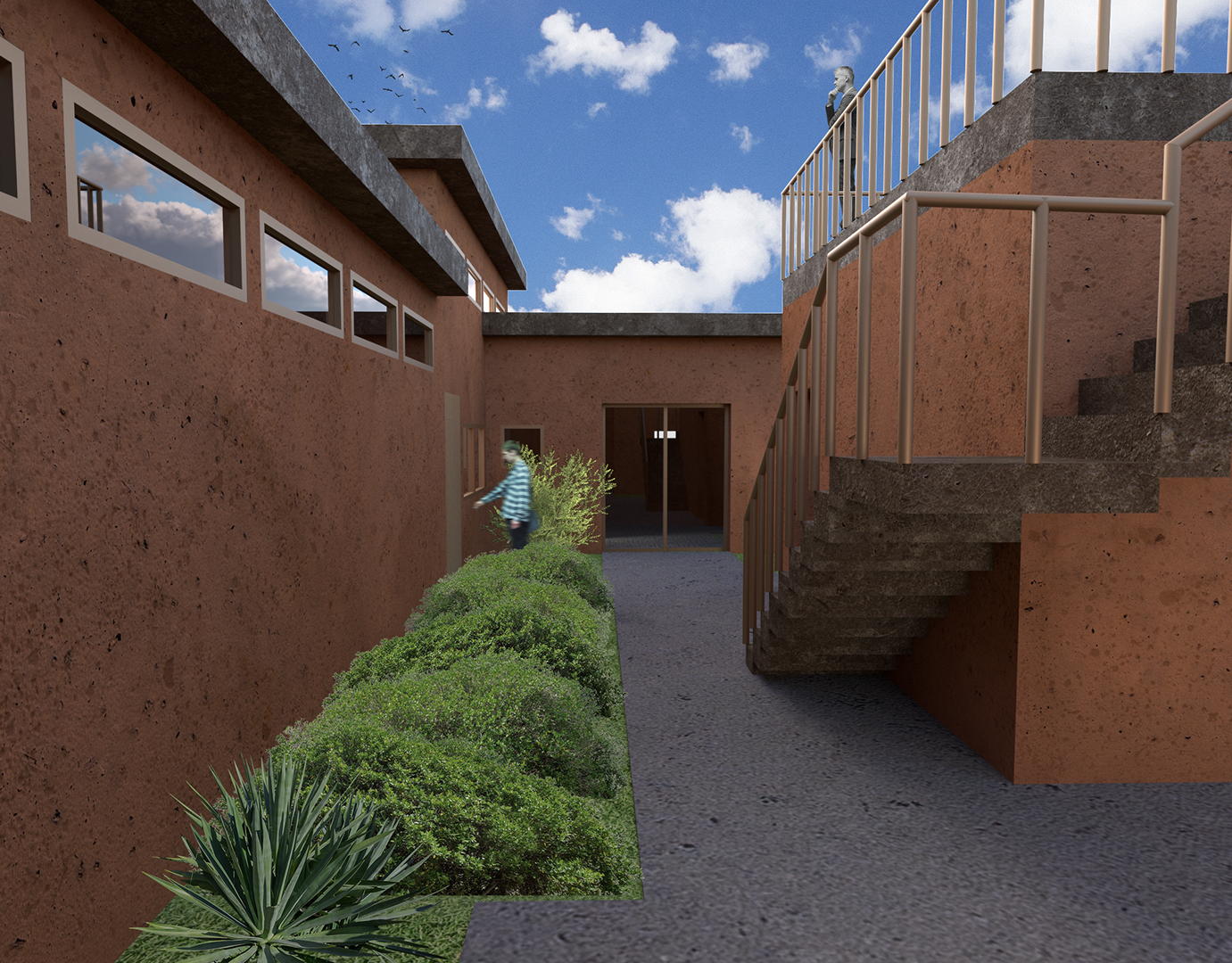Project Title:
Snowflake Morphology
Snowflake Morphology
Year of Completion:
Fall 2022
Fall 2022
Typology:
3D Printed
3D Printed
Architecture involves more than just buildings. In a class titled “Digitally Generated Morphology,” I studied 3d modeling and how forms take shape. This helped inform my understanding of construction types such as eggcrate and contour methods, as well as aggregation of forms as used here.
The beautiful shape of a snowflake is formed through physical chemistry. The hydrogen and oxygen atoms of a water molecule allows the form to morph into a
unique snowflake by forcing the new molecules to attach at an angle when the water freezes. Four types of snowflakes are formed: hexagonal plates, the needle,
the column, and the dendrite.
This project focuses on the dendrites which form the snow crystals as we know them. The hexagonal shape first attaches to each other and then morphs further and further to create different edges, leading to the well-known fact that no two snowflakes are the same. The final result is a sculptural aggregated form that can be placed many different scenes.
unique snowflake by forcing the new molecules to attach at an angle when the water freezes. Four types of snowflakes are formed: hexagonal plates, the needle,
the column, and the dendrite.
This project focuses on the dendrites which form the snow crystals as we know them. The hexagonal shape first attaches to each other and then morphs further and further to create different edges, leading to the well-known fact that no two snowflakes are the same. The final result is a sculptural aggregated form that can be placed many different scenes.
Snowflake Morphological Process
Morphology Process Diagram




